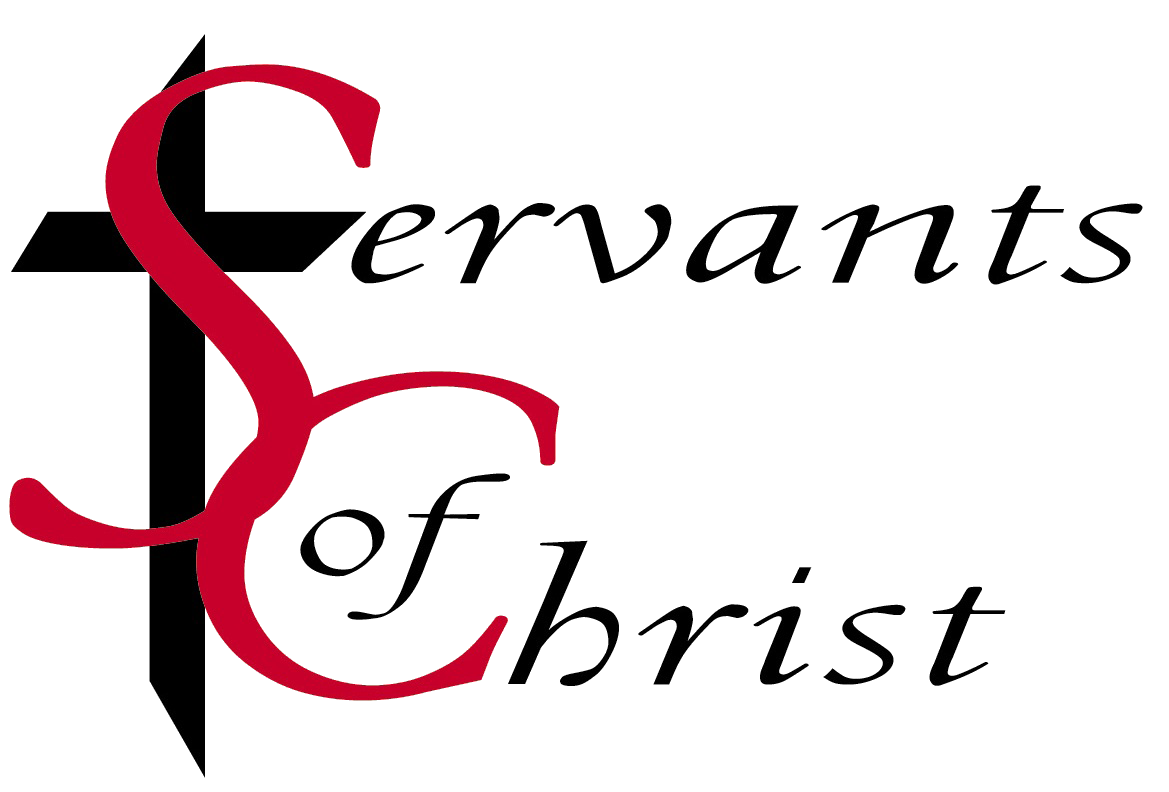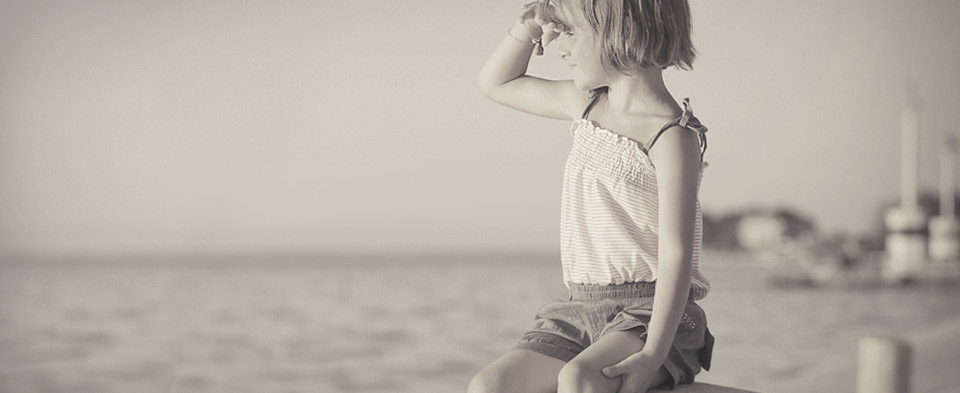Sunday, February 18, 2024 | Trey Comstock
By Rev. Emily Larsen
I’ve always found it funny that we paint murals of the story of Noah’s Ark in children’s nurseries. I will admit that the pretty pairs of giraffes, zebras, lions, and the nice picture of Noah’s family smiling on a boat with a rainbow overhead does make a pretty mural. It’s a story of God’s love for animals, trusting God through the storms of life, and remembering God’s promise of love every time we see a rainbow after a storm. I will also admit that in my many years working with children, I have helped many church trustees paint these very murals on our church nursery walls. And I’ve taught the Sunday school songs to the catchy tunes about God telling Noah to build him an “arky arky” where we “rise and shine and give God the glory glory.” But I still don’t think that the entire story of Noah is meant for all audiences; particularly children!
A second interpretation of this story is most definitely NOT G-rated and wouldn’t make a great nursery decoration. It’s the story about God’s anger about human rebellion and sin. It’s the story about God’s desire to flood the earth and start over except for a remnant of faithful humanity. It’s a story of death and destruction and unrepentant human bodies floating in the flood waters of God’s wrath. I have a feeling that this story of Noah's ark–with all of its death and destruction–would be much too graphic for a church nursery theme.
But I’m not sure that either of these interpretations truly capture the entire story of God's mercy in Genesis. We have to look to the finale in chapter 9 to get the rest of the story. When we look at both sides of the narrative, we can begin to understand the mercy that God is extending to humanity here. The Hebrew word used in chapter 9 verse 13 isn’t “rainbow. It’s just “bow.” As in “bow and arrow.” God putting a rainbow in the sky is God hanging up God’s bow of destruction. Retiring your bow meant retiring from battle. God’s bow is no longer pointing towards the earth. It’s done. God promises that whatever else is to come in the future, the path of destruction by a flood is off the table. God hangs up the bow and promises a new covenant to Noah and his family and, by extension, to all of humanity. God makes a new covenant that promises patience and peace when dealing with creation.
This is a story of redemption. It’s God choosing to put aside the option of destruction and instead seeking restored relationships with us, God’s beloved children. This is a story of God’s power, justice, mercy, kindness, and faithfulness. God recognizes that humans have been, are, and will continue to be sinful. And yet, God chooses to be patient and extend mercy instead of punishment.
This particular realization hit me harder this Lenten season. When deciding what to give up for Lent this year, I chose to give up complaining about somebody in my life that requires a lot of extra grace. I decided to give up being frustrated by this person and instead to give grace and patience and mercy; even though they try my patience DAILY. We are only a few days into Lent, and I am already struggling to keep my Lenten fast from complaining. It’s harder than I thought it would be! I cannot comprehend knowing how difficult it must be for God, who is all-knowing and all-powerful, to put up with all of humanity’s shortcomings. How much mercy must be extended knowing that we have broken our covenant with God? Knowing that God will continue to fulfill that covenant of right-relationship even though we will continue to fall short. What an incredible, merciful, wonderful God we serve. In light of this mercy, perhaps we should all be reminded to continually “rise and shine and give God the glory glory!”

